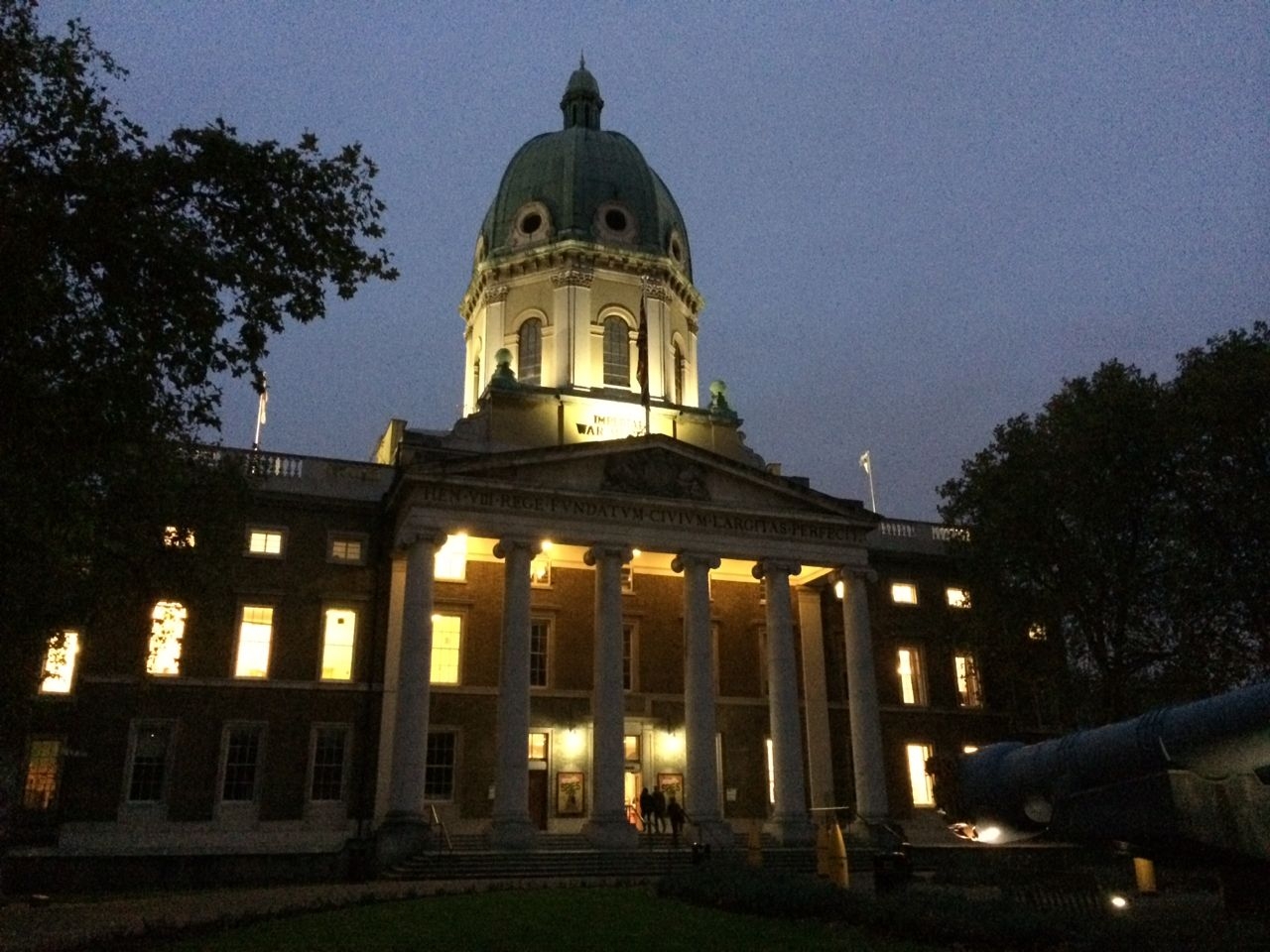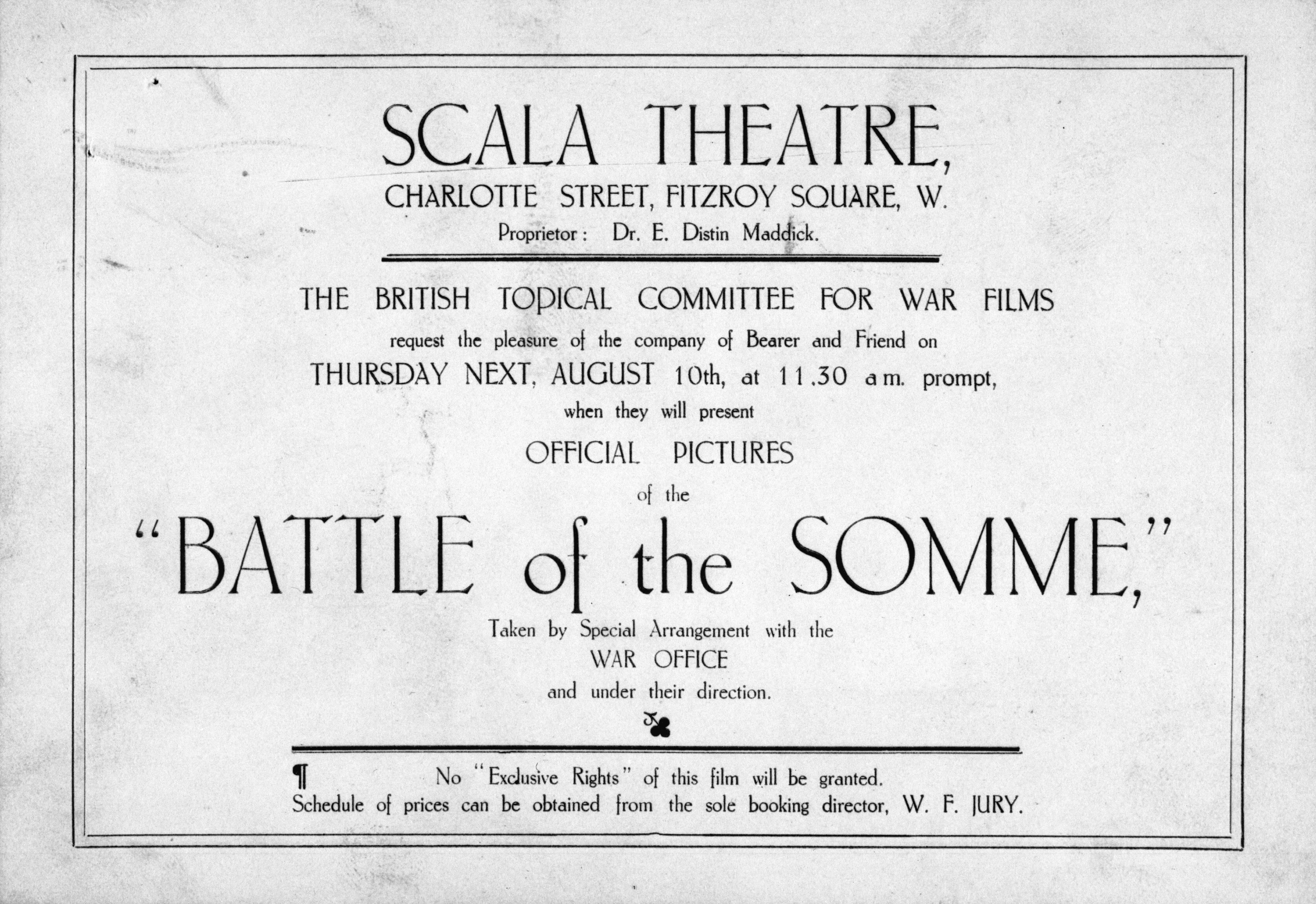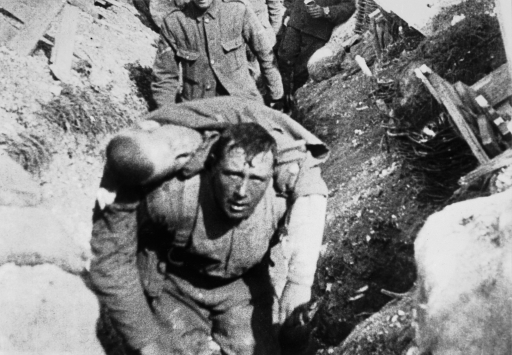The pioneering war documentary,The Battle of the Somme, is at the centre of commemorative events planned by Imperial War Museums (IWM) to mark the centenary of the 1916 offensive.
IWM will be sharing the film worldwide through a programme of screenings by members of the First World War Centenary Partnership.
In Germany, it will shown at the Deutches Filmmuseum in Frankfurt, as part of a year-long programme about 1916 in film.
The footage of British soldiers at the front in the opening days of the Battle of the Somme became one of the most popular films in UK cinema history. It was seen by around 20 million people, changing public perceptions of the medium
“This is the film that gives you some idea of what the battle front is really like. People went in their droves to see the film because they want to have a sense of what that battle is like, what is happening to their loved ones, and they’re really struck by the realism of the battle,” says Dr Toby Haggith, Senior Curator, IWM Film
IWM in London (below) will be showing The Battle of the Somme on June 30th – during Night Before the Somme, an evening of art, music and poetry leading up to the July 1st centenary of the British Army’s bloodiest day.

The Battle of the Somme film was the first feature-length war documentary.
The scenes captured by the team of two cameramen, Geoffrey Malins and J.B.McDowell, remain among the most enduring and moving images of the Great War, even for a modern audience approaching them with a more critical eye.
“We often think of this film as a documentary or propaganda, but it’s somewhere between the two,” explains Senior Film Curator Dr Toby Haggith.
“It contains some really important images, many of which are of course realistic, are authentic. But there are also some scenes which aren’t authentic.”
Britain’s War Minister, Lord Kitchener, had originally banned all photography and film at the front.
But under pressure from defeats on the battlefield, and industrial unrest at home, the Government relented in 1916.
Dr Haggith notes: “The assumption that we have now, that everyone was behind the war effort, was not felt at the time. This film is at the front end of the British campaign to get the people onside.”
It was hoped that the example of brave soldiers would rally civilian support and in particular the people working in the munitions industry, IWM says.
This is reflected in the film by a focus on the importance of good quality and plentiful shells and guns of all sizes,
David Lloyd George, the newly-created Munitions Minister who took control of Britain’s arms industry after the ‘shell crisis’ of 1915, was an enthusiastic supporter of the project.

Invitation card to a screening of the film at the Scala Theatre, Charlotte Street, London, August 1916 (© IWM HU 59419)
Filming took place between June 25th and July 9th 1916, covering the build-up and opening stages of the Battle of the Somme.
Cameramen Malins and McDowell were given an official pass to the battle zone, although they were only permitted access to particular areas, and they were always accompanied by an officer.
As well as the censorship imposed by the military, the cameramen themselves would have exercised some self-censorship, IWM says.
“Identifying with the troops among whom they were ’embedded’, they would have wanted to portray the campaign in an overall positive light.”
However it’s notable that Malins and McDowell didn’t shrink from showing the dead, both British and German.
The hope now is that the many centenary screenings will bring to light new information and add names to the faces of the thousands of soldiers seen in the film.
Matt Lee, Curator Narrative and Content, IWM Film, says: “Hopefully we’ll be able to augment the historical record, to actually find out more about the personal stories of the men who appear in the film, so we can understand a little bit more about their back stories, what they did during the war, whether they survived, and what happened to them after the war.”
CN Editor Peter Alhadeff attended the launch of Imperial War Museums’ Somme Centenary programme at the Regent Street Cinema in London. For more information about events, visit IWM Somme
Images: © IWM (Q79501) – British soldier carrying wounded comrade; © IWM (HU 59419) – Battle of the Somme invitation card; Centenary News – IWM London by night
